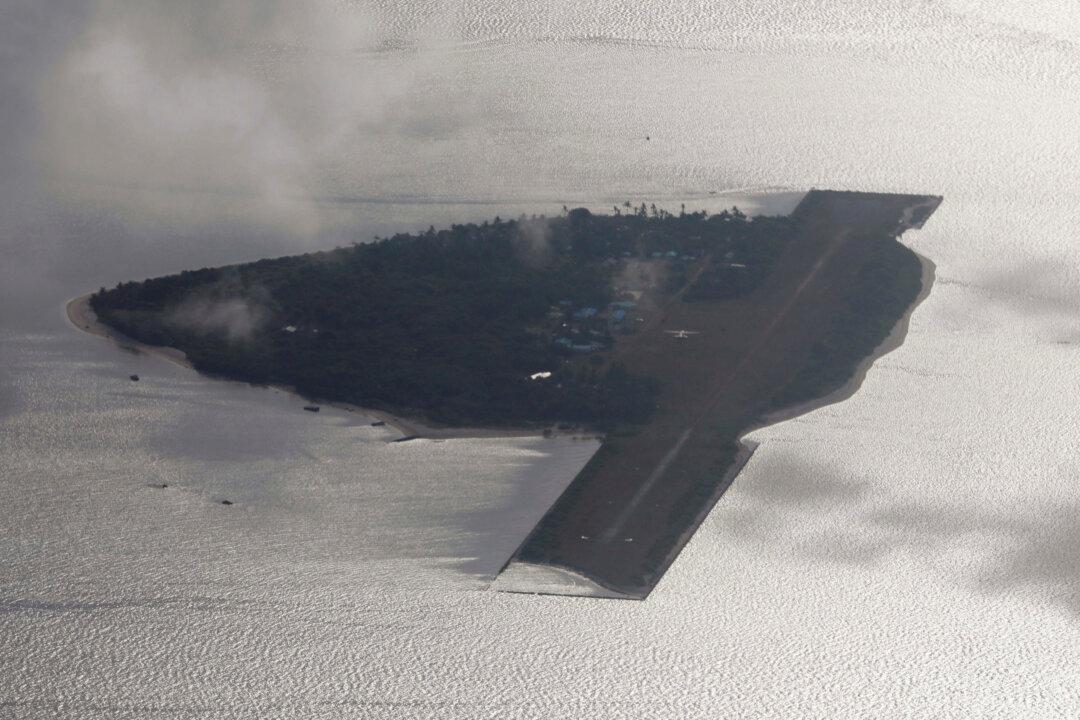More than 40 Chinese vessels were spotted swarming Thitu Island, a contested Philippine-occupied island, on March 4 as negotiations on a code of conduct for the South China Sea set to resume this week.
The Philippine Coast Guard (PCG) said that China’s navy ship, coast guard vessel, and 42 suspected Chinese maritime militia vessels anchored near Thitu Island, also known as Pag-asa Island in the Philippines.





